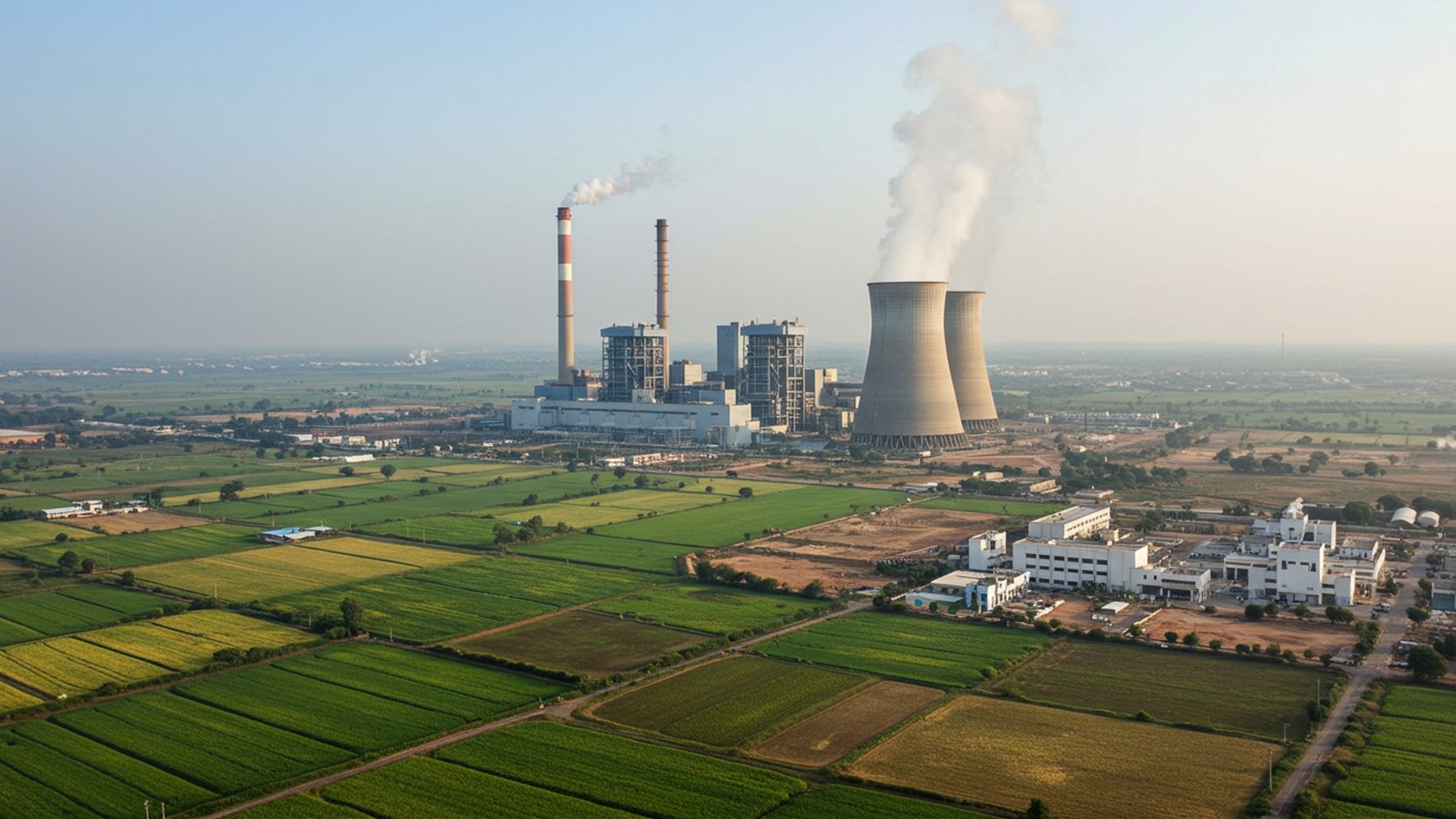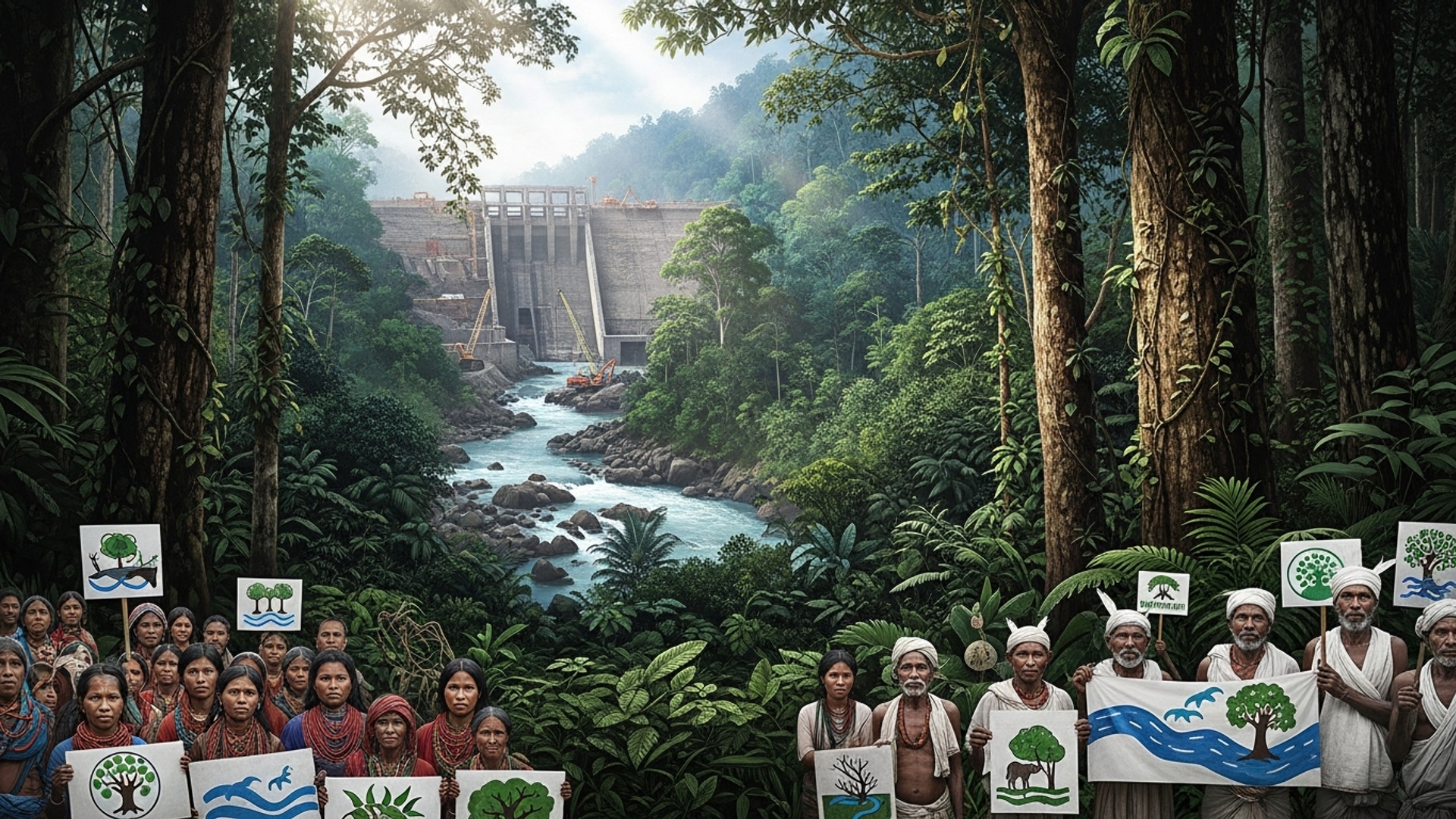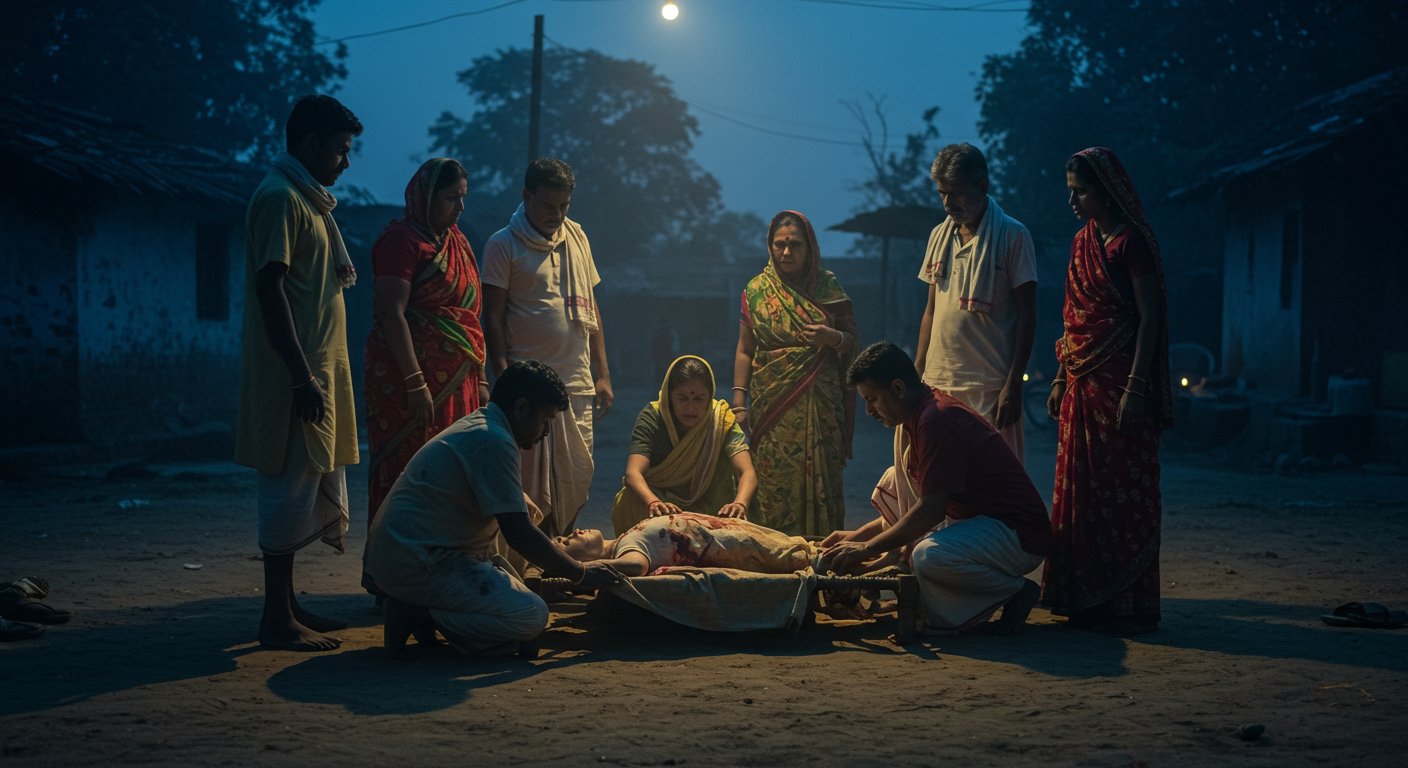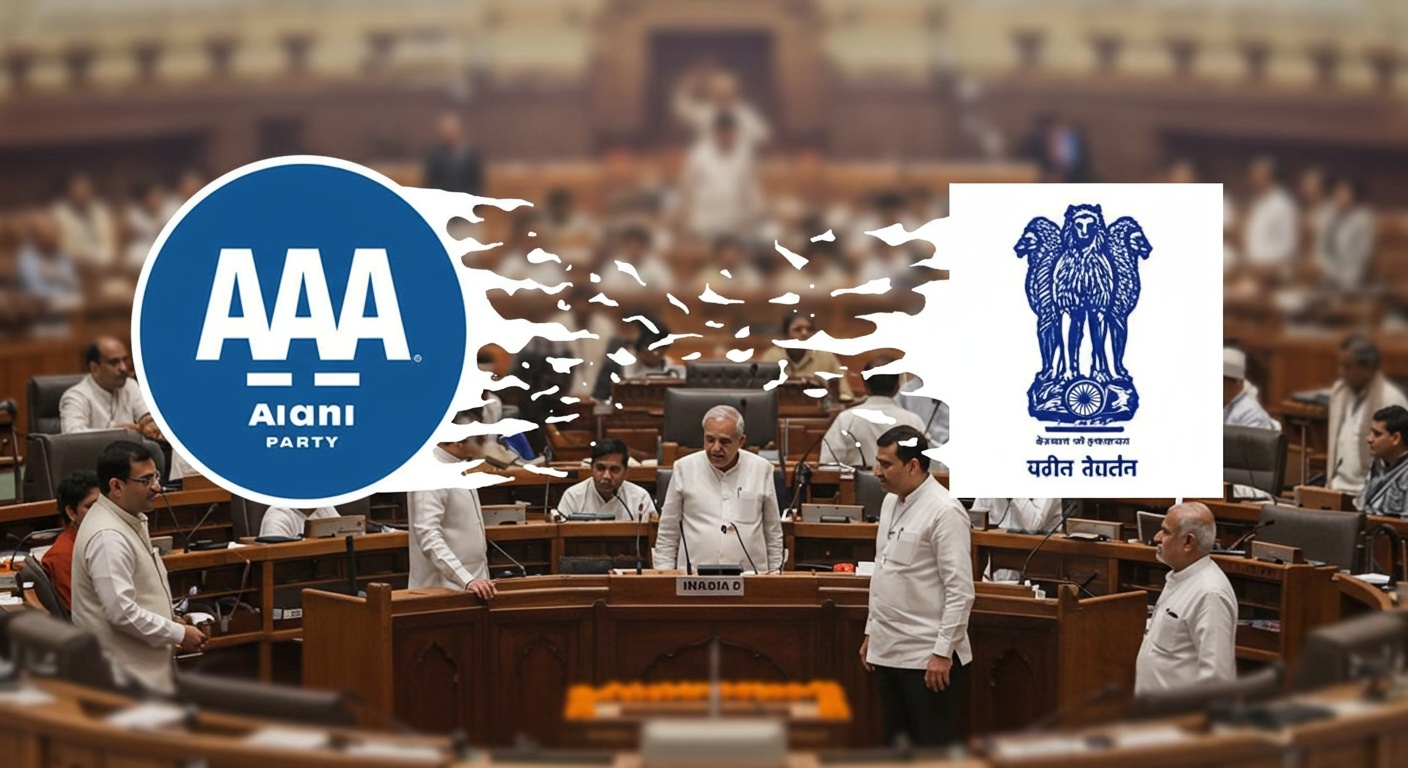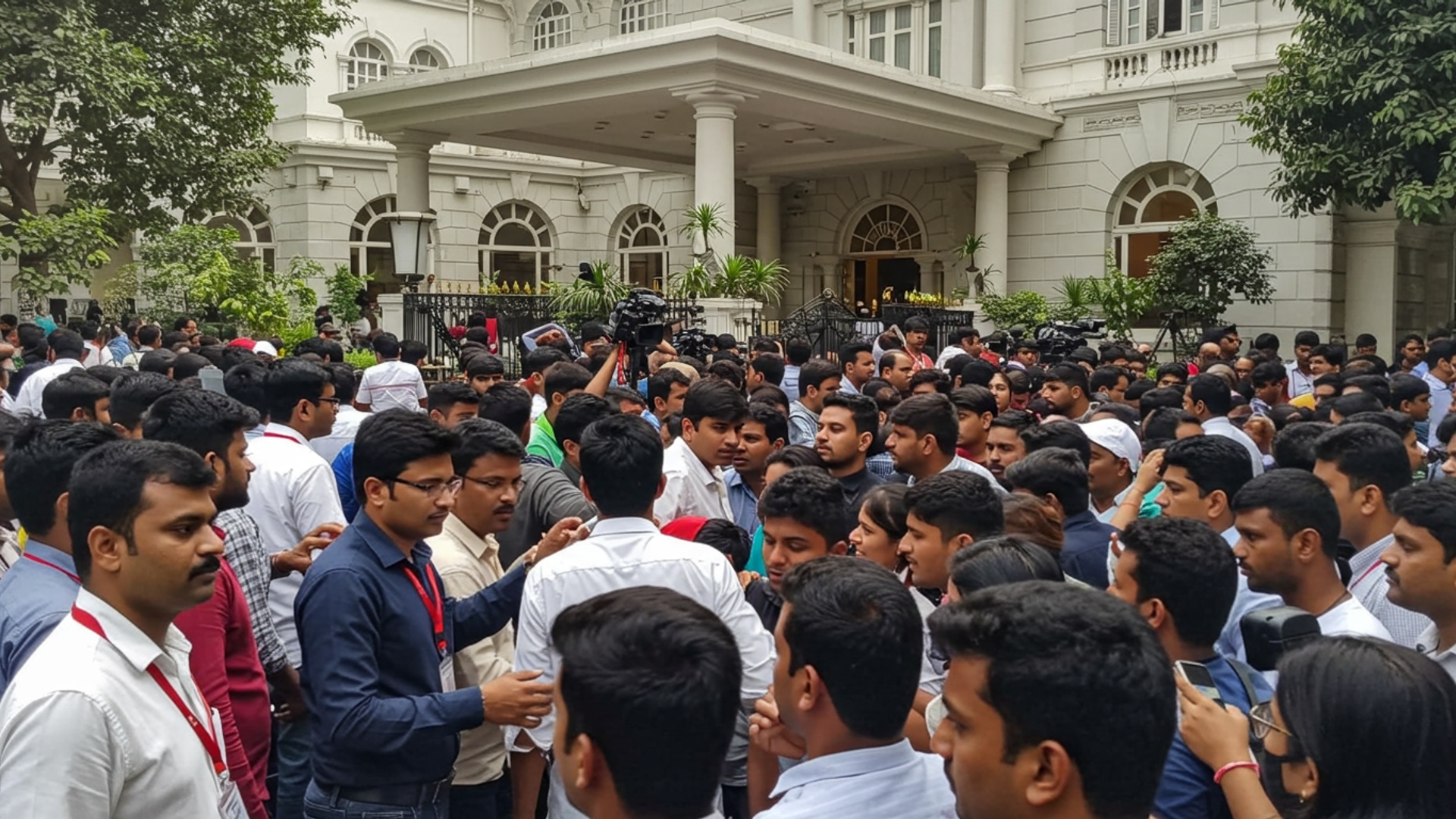With electricity needs soaring across the state, Rajasthan is urgently ramping up its power production to keep the lights on for millions. Facing record-high energy demands from homes and businesses, especially as hot weather continues, the state government is rapidly putting new plans into action this week. This vital effort aims to prevent widespread power cuts and ensure steady progress for Rajasthan’s growing economy, tackling a critical challenge right now.
Greater Power Needs Drive State Action
Rajasthan, a large state in India, has seen a big rise in its power needs. This is due to hotter weather and more business activities across the state. In recent times, temperatures have gone up, especially in cities and villages. This has led to many more people using cooling systems like air conditioners and coolers. This increase in use has put a lot of pressure on the state’s power supply system. For example, electricity use went up from over 2,450 lakh units in April 2023 to more than 2,700 lakh units in April 2024. This number further climbed to 2,900 lakh units in the first week of May 2024.
The total demand for power in Rajasthan has grown significantly, showing how much the state is developing. This rise in power use is also a sign of more economic activity. When businesses grow, they need more power to run their factories and offices. This combined effect of climate changes and economic growth means the state needs a steady and strong power supply more than ever. To meet this rising need, Rajasthan has been working hard to make more electricity available for everyone, from homes to large businesses.
Building New Ways to Make Electricity
To deal with the growing power needs, Rajasthan has started many new plans to make more electricity. The state government has set big goals to increase the amount of power it can make. A key part of this plan is focusing on clean energy sources like solar and wind power. Rajasthan has a lot of sunlight and strong winds, which are good for making these types of energy.
The state has put in place new rules and policies to help build more power plants. For example, the Integrated Clean Energy Policy 2024 aims to set up 125,000 megawatts (MW) of clean energy capacity by the year 2030. This big goal includes plans for 90,000 MW of solar power and 25,000 MW from wind and hybrid energy systems. There are also plans for 10,000 MW from water, pumped storage. battery energy storage systems. The state is also pushing for smaller solar power projects in local areas, ranging from 0. 5 MW to 5 MW, close to existing power lines to help sell electricity to local power companies.
One of the largest solar power areas in the world is in Bhadla, Rajasthan, showing the state’s lead in solar energy. The state has already gone past 18 gigawatts (GW) of installed solar power capacity as of early 2024, making it the top state in India for solar power.
“Rajasthan has set an ambitious target of installing 125 GW of renewable energy capacity by financial year 2029-30 under this policy,” stated a document from the Integrated Clean Energy Policy 2024.
These efforts show a clear path towards making more electricity from clean and green sources. This not only helps meet the demand but also supports a cleaner environment.
Working Together for Power Supply
Many groups are working together to make sure Rajasthan has enough power. These include the state government, power generation companies. the companies that deliver electricity to homes and businesses. The Rajasthan Rajya Vidyut Utpadan Nigam Limited (RVUNL), a state-owned power generation company, plays a big role. Recently, RVUNL has asked for bids to set up a large battery energy storage system (BESS). This system will have a capacity of 500 MW and 2,000 MWh. This battery system will help store extra power made from solar and wind during the day and release it when people need it most, like in the evenings or at night. This makes the power supply more stable and reliable.
The state government has also been working to improve the lines and wires that carry electricity. This is called transmission infrastructure. Better transmission lines are needed to bring the new clean energy from remote areas to cities and towns. A study by the Center for Study of Science, Technology and Policy (CSTEP) shows that about 2,118 crore rupees will be needed to improve Rajasthan’s transmission setup by the financial year 2029-30 to handle the planned solar and wind projects. This shows the scale of effort being put into making sure the power gets to where it is needed.
Power distribution companies, known as DISCOMs, are also a key part of this work. They are responsible for making sure power reaches every home and business. During times of very high demand, like in hot summers, they have to manage the supply carefully to avoid long power cuts. Their role is vital in making sure the new power being generated reaches the people who need it.
Looking Ahead for Power Needs
Rajasthan’s focus on increasing power generation is a long-term plan to ensure the state’s growth. The push for renewable energy sources is not just about meeting current demand but also about preparing for future needs in a way that is good for the environment. By 2030, India aims to get 500 GW of its energy from non-fossil fuel sources. Rajasthan is expected to play a big part in this.
The state is offering various benefits to companies that want to invest in clean energy projects. These benefits include not having to pay certain charges for using transmission lines and getting land at good prices. Such steps are meant to bring in more money and more companies to build power projects in Rajasthan. These efforts help make the state’s energy future strong and steady, supporting homes, farms. businesses with the power they need to grow and thrive. The ongoing bidding for new battery storage projects shows a clear path to managing the power grid better, especially with more energy coming from sun and wind.
![]()
